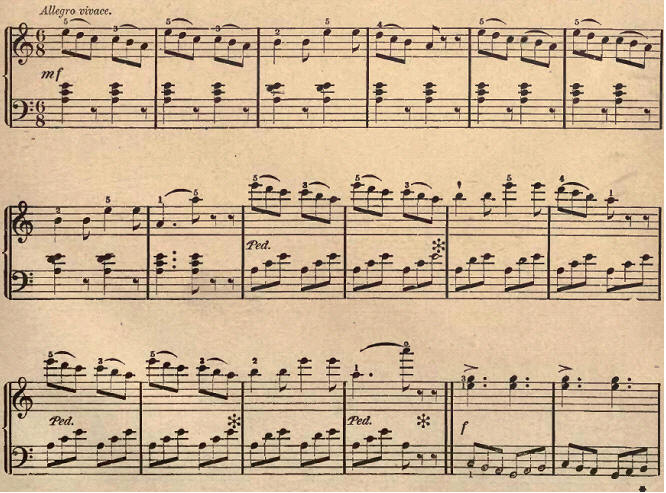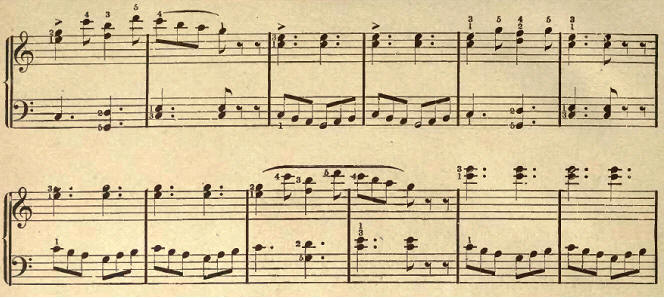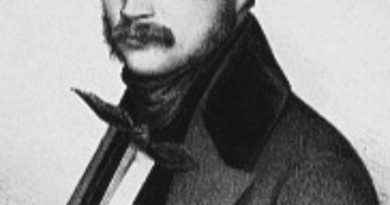Tarantella Dance on the Piano
This is the name of an Italian dance, especially well known in Naples. It is always written in 6/8 time, and must be
played fast and with much fire. The dance is called after the Tarantella spider, the sting of which is poisonous. It was believed in former years that the best antidote for this poison was rapid dancing. There is no foundation for this statement; anyway the Tarantella dance of today is simply an amusement, generally engaged in by young Neapolitan girls.
Well Known Piano Tarantella
Many famous classical composers wrote any Tarantella Dances, also on piano. Felix Mendelssohn Bartholdy, for example, composed a piece titled Tarantella and Schubert wrote the ending movement of his Symphony Number 3 in D Major in this style.
Liszt wrote a piece titled “Tarantella, Venezia e Napoli”while Chopin composed a Tarentelle that has a frenetic and hysterical arpeggiated left hand accompaniment and the typical 6/8 time signature. The frenetic temper of this piece represents the characteristic rotating character of the Tarantella dance.
Rachmaninoff , Prokofiev and Tchaikovsky composed some pieces in a Tarantella style
Debussy composed a piece titled “Danse – Tarantelle styrienne” and Saint-Saens wrote a Tarantella for the final movement of his Piano Concert Number 2.
Tarantella in A minor key
Allegro vivace.




